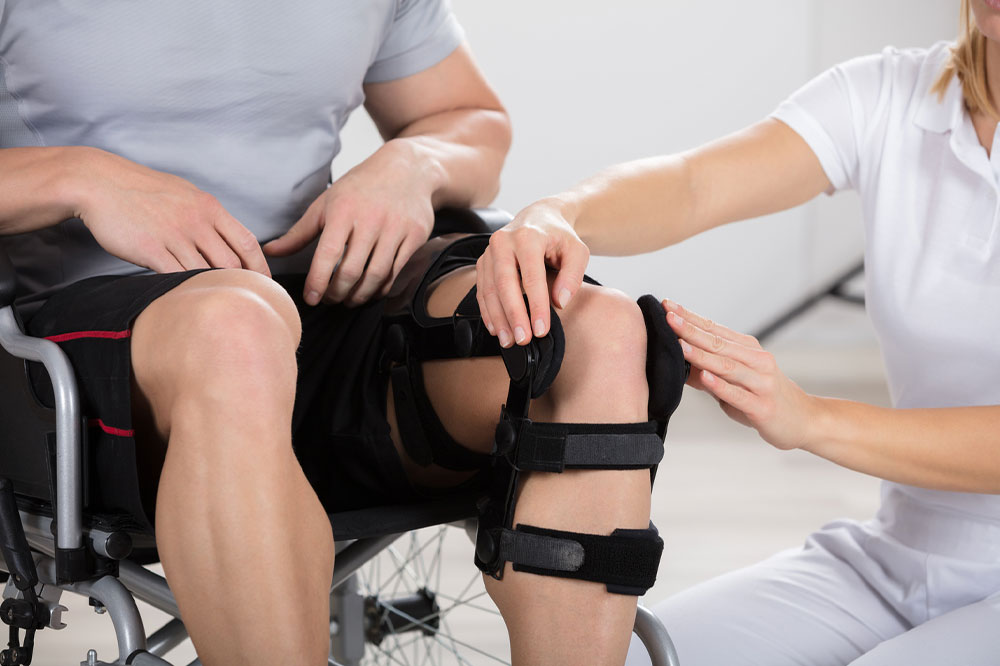
Purpose, benefits, and types of knee braces
Knee pain is a common problem that could be a symptom of a number of issues. One can experience mild, temporary pain, or chronic aches, making it difficult to enjoy everyday tasks. One of the simplest solutions for such joint pain is wearing a knee brace. The braces provide support to the knee joint and can help relieve pain. Here is what makes them an essential tool for dealing with knee discomfort:
Purpose
Many people turn to knee braces as a way to reduce the amount of joint pain they experience. These support devices are incredibly adaptable and can be used in various ways to help alleviate the pain. For example, one can wear braces during physical activity to help prevent any damage to the joints. They also come in handy after surgery or if one has been diagnosed with arthritis. In addition, knee braces can be used to treat issues like ligament injuries or bursitis. So whether one is seeking relief from joint pain or needs help treating other conditions, knee braces can be an essential part of one’s healthcare arsenal.
Benefits
Knee braces can be part of the standard treatment for osteoarthritis. They work by supporting and stabilizing the knee and reducing the amount of discomfort that people with arthritis experience. They also keep the kneecap in position, helping prevent further damage to the joint. The braces can also facilitate easy movement and help one stay upright when performing everyday activities. In addition, knee braces improve one’s ability to move their leg freely and perform activities without discomfort or pain.
Types
Compressed: Compressed knee braces can help control swelling in the knees. This is a lightweight wearable and provides firm compression to the tissues around the knee. It is also ideal for physical activities and sports.
Water-resistant: These braces are made using waterproof materials and often have a built-in pump that helps increase circulation in the leg. Water-resistant braces are ideal for those who frequently work out outdoors, swim, or are recommended water therapy. However, these braces may not provide adequate support for walking or running.
Hinged: Hinged knee braces fit better and wrap snugly around the knees than other braces, providing greater stability and improving one’s balance. They are suitable for people who need more support when walking or running but do not want full immobilization; the braces allow some degree of movement while keeping the kneecap stable.
Strap-style braces: This is a low-profile brace that offers support and stability. It is usually worn below the knee, under one’s clothing. The simplistic, single-strap brace applies a consistent force helping prevent further damage to the joint. Knee straps are usually recommended for conditions like jumper’s knee.
Rigid: For those dealing with severely strained ligaments, partially or fully torn ligaments, or recovering after surgery, rigid knee braces are usually recommended. They can help alleviate the pain and discomfort and help speed up the healing process. Using rigid braces will also ensure that the knees get adequate support as they heal. Physicians usually recommend rigid braces for a specific period to those undergoing rehabilitative knee therapy.
As braces serve multiple functions to strengthen and support the knees, choosing the right type of product is crucial for quicker recovery and preventing damage to the joints. One should also consult a physician to get recommended the right type of braces that are designed to deal with one’s specific condition.




